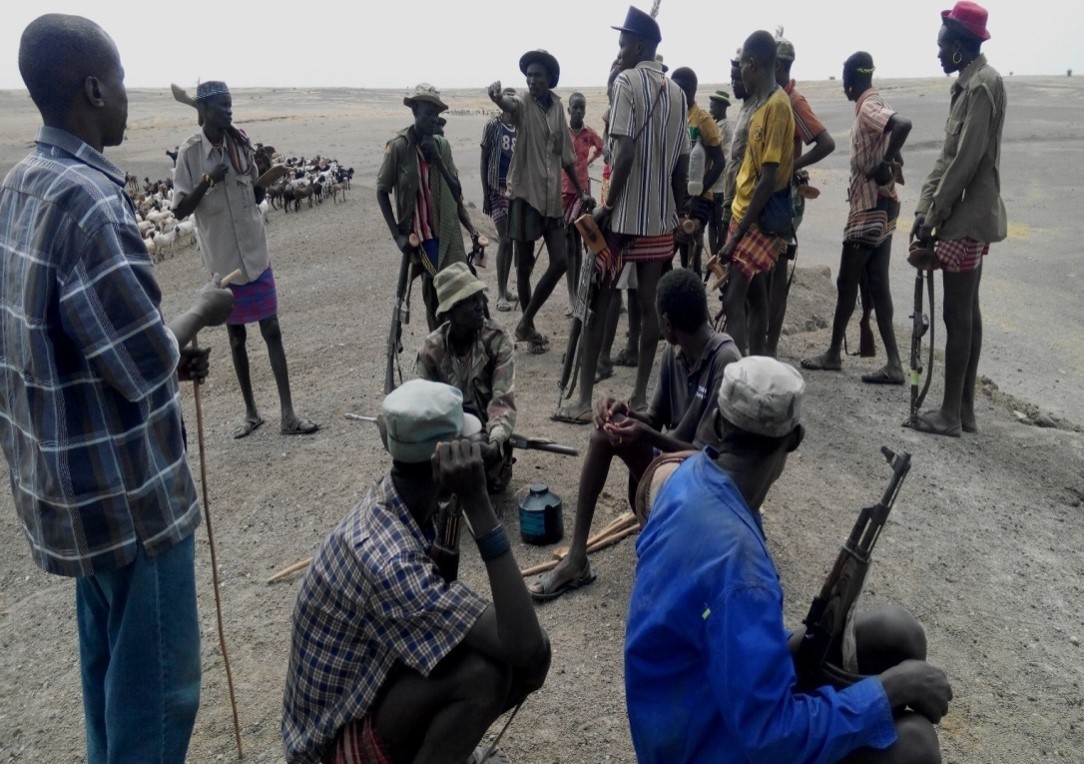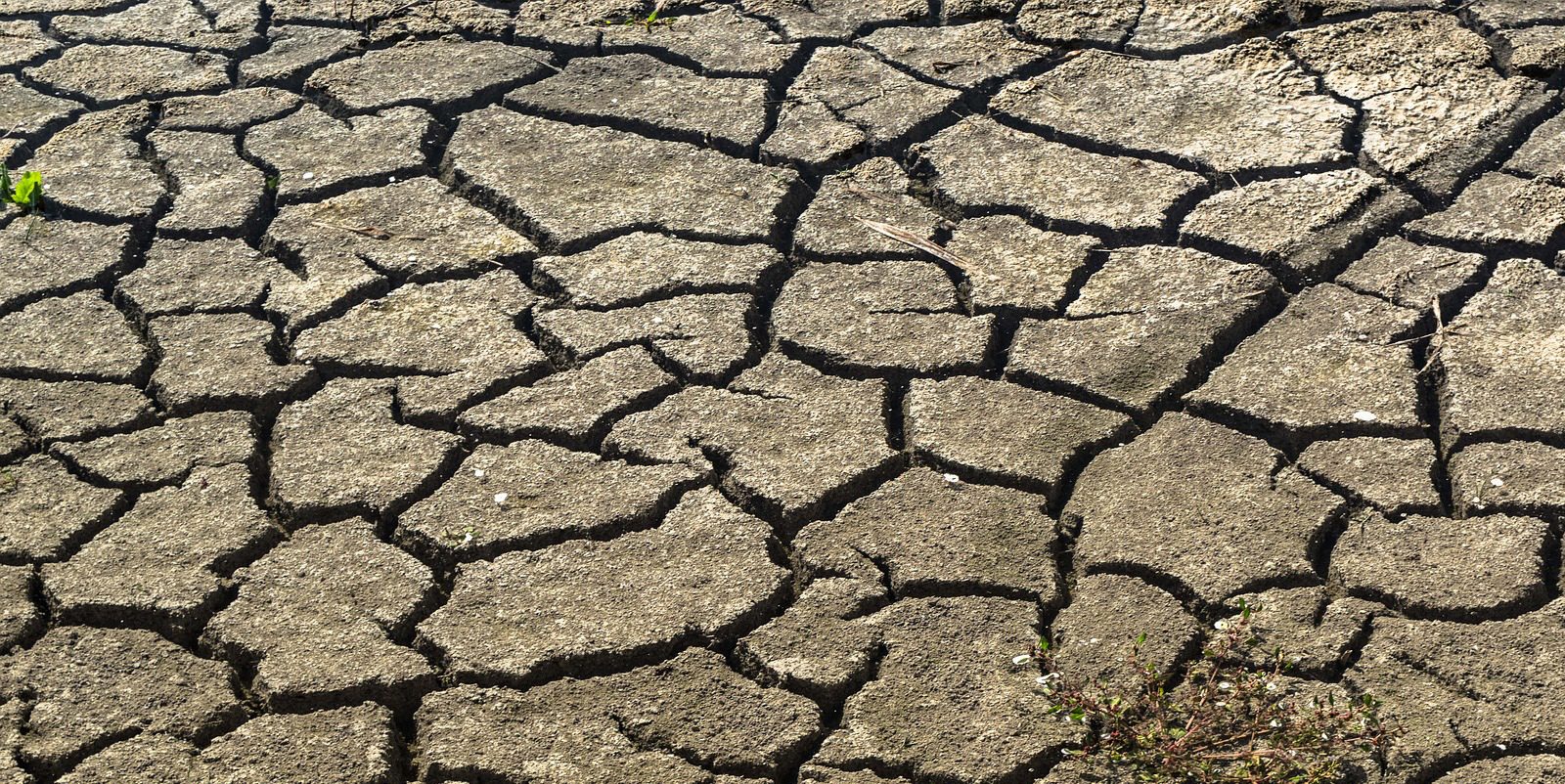Resource scarcity has characterised life within the Karamoja cluster, along the borders of north-western Kenya, north-eastern Uganda, south-eastern Sudan and south-western Ethiopia.
The Karamoja cluster region chronically suffers from a lack of water, constrained local crop production, and reduced forage for livestock as a result of climate change.
With temperatures continuing to rise and diminished quantity and frequency of rainfall, inhabitants must find coping and adaptation strategies to survive.
One of the most pressing concerns for the Karamoja cluster’s inhabitants is the reduction in available water and forage for livestock production. To cope with these challenges, inhabitants must frequently travel to access resources to maintain their livelihoods.
These movements often follow established patterns and pathways. However, climate change has disrupted traditional systems used to manage these migrations.

The Turkana often experience a severe reduction in their access to water and available grazing land in Kenya. In order to cope, they frequently migrate to the border between Kenya and Uganda onto Dodoth land to graze their livestock.
Recently, the Turkana have been forced to stay for longer periods of time, and tensions have flared with the Dodoth as a result.
The Turkana’s existing relationship with the Dodoth was consequently strained due to increasing competition over scarce resources. However, an influx of weapons from South Sudan further reduced their ability to peacefully manage these migrations.
Mercy Corps facilitated a peacebuilding process between the two tribes through their PEACE III program.
The peacebuilding process successfully promoted intercommunal cooperation around shared interests that reduced conflict, and provided a space for the two communities to pursue alternative livelihoods and climate change adaptation strategies.
In Loyoro and Lake Turkana, the facilitation of resource-sharing agreements between conflicting communities helped to support adaptation strategies and further enabled a recognition of common threats.
The peace that resulted from this process created environments for collective decision-making on adaptation strategies, which had significant positive impacts.
Firstly, there was improved trade due to the new peaceful co-existence between Dodoth and Turkana.
As a result, trading of livestock and other market place goods increased, which developed economic interdependence. Furthermore, social bonds were strengthened between the communities, as interactions between the groups increased.

Secondly, following the successful creation of a shared marketplace, both the Turkana and Dodoth discussed ways to share resources for peace dividend projects.
Peace dividend projects were used to enhance cooperation, and thereby improve resource access, reduce conflict, and reduce environmental degradation.
Thirdly, the resource-sharing agreement has strengthened the relationships between the Kenyan and Ugandan local governments, specifically with their respective sub-counties.
Together local governments in Kenya and Uganda established guidelines and principles that allow for the peaceful movement of tribes pursuing their respective climate change adaptation strategies.
Furthermore, it has enabled collaboration on the provision of financial support for the Turkana — who now spend longer periods in Uganda and increasingly access Ugandan health, education and other social services.
Finally, collaboration has permitted the two governments to focus on shared issues of weapons, as tribes in Uganda are largely unarmed, whereas north-west Kenya is awash with small arms.
The two governments have worked to ensure that Kenyans moving into Uganda do so unarmed, and when Ugandans cross into Kenya the government provides for their security to enable reciprocal migrations.
At the heart of this process, is a shared recognition of experiences of climate change, which has increased cooperation to adapt to its social, economic and environmental impacts.
The peacebuilding process has reduced conflict risks and strengthened social cohesion in the Karamoja Cluster.